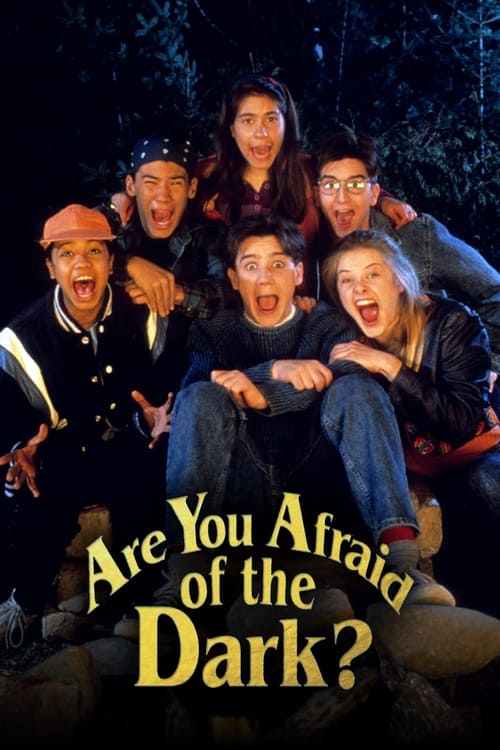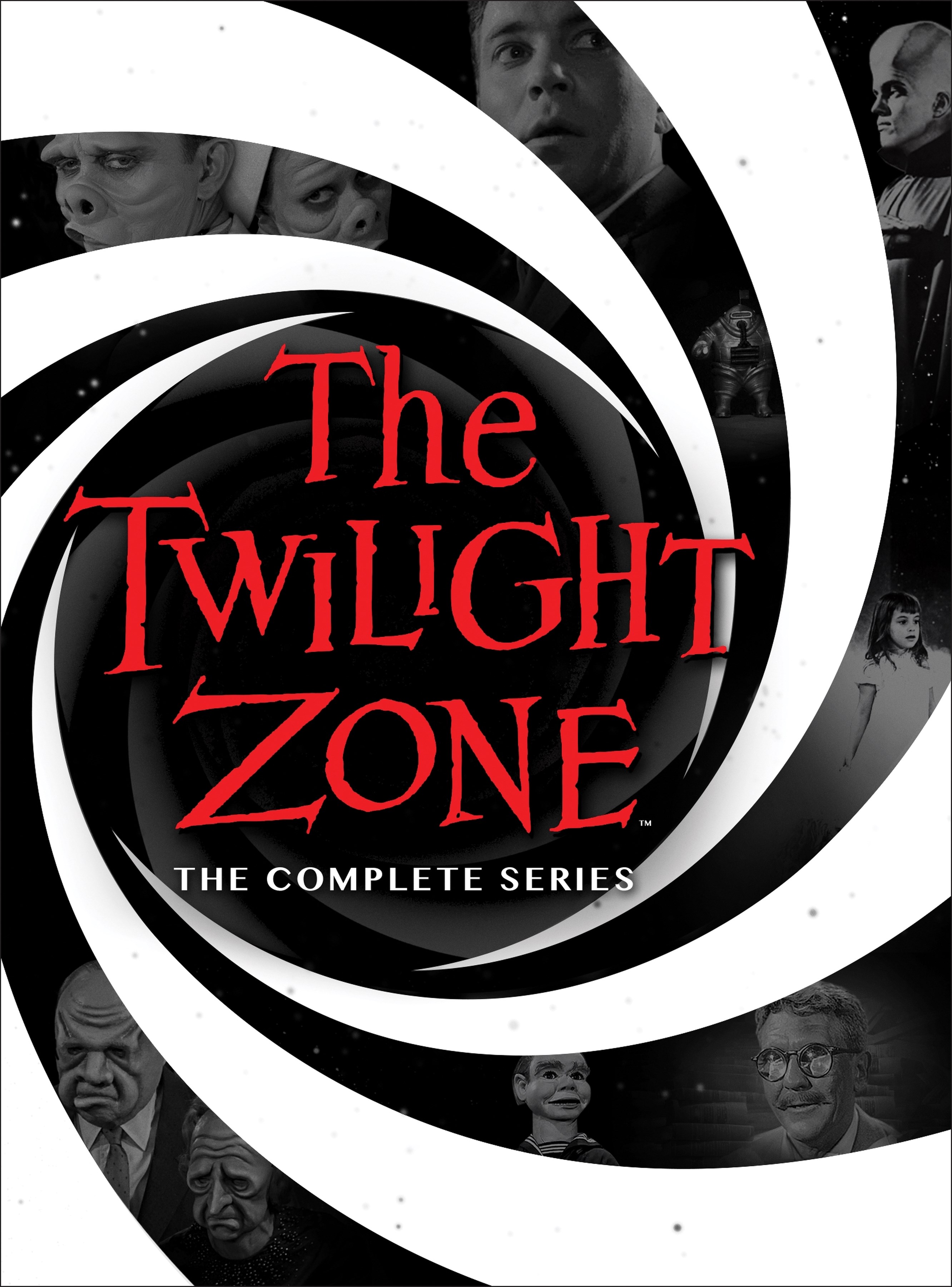
Have you bought your tickets for the Barbie movie yet? Perhaps you’re planning on doing a Barbie-Oppenheimer (“Barbenheimer”) double feature, if you’ve got all the time in the world? I’m just as hyped as everyone else! And all this hoopla around Barbie got me thinking of The Power of the Doll in pop culture. Barbie herself has been kicking around since 1959, so she’s clearly got staying power. And over the decades there has been no shortage of thinkpieces on the iconic doll and her role in the lives of young girls.
Dolls, being tied to girls or to the experience of being raised female, have always had a place in media and art as a way to explore that experience under various degrees of sexism. Ibsen’s A Doll’s House critiques the suffocating nature of marriage roles in the 19th century. In Valley of the Dolls, “dolls” refers to sedative drugs but also to its main characters who, while not passing any sort of feminism test, understandably operate under patriarchy in the 1960s. Even Scandinavian pop sensation Aqua’s 1997 banger “Barbie Girl” is really about the perception of women as objects. Serious stuff!
But that all comes from adult artists who, divorced from the simple act of play, see dolls as ripe for metaphor. To kids, Barbie is simply a toy. I remember lots of handwringing about Barbie and her effect on girls’ self-esteem and body image. And recently there’s been some revival of that discourse online. But in practice, I don’t know a single person who had a bad experience with Barbie. The excitement for Barbie the movie just proves the enduring appeal of this particular doll, especially for those of us who grew up playing with her. As one of my favourite tweets on the subject goes, “I simply did not give Barbie this power over me, I controlled HER life.” I can’t speak for everyone’s experiences, but for me, Barbie and all her accoutrements were just toys. Ways to express our weird little imaginations. My Barbies were perpetually getting stuck on rollercoasters or reenacting the sinking of the Titanic. My one Ken doll was a flop whose head kept falling off, so he often had to sit these scenes out. If I coveted anything in real life, it was Barbie’s Dream House and her white Jeep Wrangler. It really was not serious.
Dolls don’t have to be some super serious exploration of the human condition; they can also just be fun (and creepy)! Below is a list of some enjoyable doll media you can find at the library, either to compliment your Barbie viewing or to give you a different flavour of doll. First up:

Animated Barbie movies
Long before Barbie was a twinkle in Greta Gerwig’s eye, Mattel was putting Barbie and her pals in a number of fantastical and fairy tale settings. These movies don’t really have anything to do with being a doll; rather, they just capitalize on brand recognition. The first movie, Barbie in the Nutcracker, was released in 2001 and remains a delight (even with its dated CGI). I also enjoy the doll-ception nature of a story about a doll coming to life told by animated dolls. This movie was followed by Barbie as Rapunzel, Barbie in Swan Lake, and Barbie as the Princess and the Pauper, all of which are still the best of the crop, in my opinion. As of 2023 there are forty-two animated movies in the Barbieverse, so kids looking for supplements to this year’s live-action effort will be in no short supply.

Are You Afraid of the Dark: “The Tale of the Dollmaker”
No decade did low-budget Canadian children’s horror better than the 1990s. One of my favourite episodes of Are You Afraid of the Dark was “The Tale of the Dollmaker” from season three (VPL only carries seasons one and two, which are still worth a watch!). Submitted for the approval of the Midnight Society, this episode tells the tale of a girl who finds out that her friend is trapped in a dollhouse and is slowly transforming into a doll. I’ll never forget the image of the friend wandering the eerie dollhouse halls, dressed in a nightgown, her porcelain hands clasped together. Barbie star Ryan Gosling graced the show in 1995 in “The Tale of Station 109.1”. Like any good Canadian child actor of the time, he also found his way onto AYAOTD’s sister in spookiness Goosebumps (in the episode “Say Cheese and Die”).

The Twilight Zone: “Living Doll”
Evergreen, classic TV series The Twilight Zone introduced us to the iconic Talky Tina in 1963 (season 5, episode 6), a direct precursor of this year’s M3GAN. Intended to be a comforting gift for a young girl, Talky Tina tells her new friend “My name is Talky Tina and I love you very much.” But when talking to the girl’s mean stepfather, she suddenly changes pace: “I don’t like you,” she tells him. Cue murder! This episode was parodied memorably in The Simpsons Treehouse of Horror III’s segment “Clown Without Pity,” in which a murderous Krusty the Clown doll goes after Homer. Also, the name of the mother of the young girl? Annabelle. Which brings me to…

The Conjuring Universe
You can really take your pick of any evil doll movie, going back as far as 1929’s The Great Gabbo about a ventriloquist dummy. But I’m sticking with Annabelle of The Conjuring series (and her own subsequent self-titled series) because she is allegedly inspired by a real-life Raggedy Ann doll that resides in the now-closed occult museum owned by the late Ed and Lorraine Warren (the paranormal investigators in The Conjuring movies). Of course, the Warrens were famously crooked, but the stories sure are fun. The doll is allegedly possessed by the spirit of a girl named Annabelle, and she has captured public imagination so well that there was recent widespread panic that she had somehow escaped her box (which, of course, she did not).

The Miniaturist
How about a book recommendation? And one that is decidedly not horror? The Miniaturist is an impeccably detailed work of historical fiction set in 17th century Amsterdam. It follows Nella, a young woman who is gifted a beautiful and intricate dollhouse from her new husband. In the background of their lives is the shadowy miniaturist, whose dollhouse pieces seem to reveal the secrets of the esteemed Brandt family. The book was adapted into a worthy miniseries for PBS’s Masterpiece Theatre starring Anya Taylor-Joy, and author Jessie Burton released a sequel to the novel in 2022 titled The House of Fortune.
My earliest memory of Barbie is forgetting her at the beach and getting in trouble for it, haha.
But besides that, Barbie (and other dolls) were a way for me to enact the most ~dramatique~ drama stories my weird little brain could come up with, most often including murder and betrayal and secret evil twins, as well as ‘potions’ of leaves and flowers from my backyard and wicked curses on the very hapless Ken. Same goes for all my friends at the time; very rarely did we play house, and it was never a normal house for long before we, at nine years old, had our Barbies and other dolls cheating each other, sending each other to asylums, or scamming banks.
In fact, it seemed the only ones stressed about Barbies were the adults in our lives. I think fashion and celebrity magazines and music videos of the late 90s and 2000s were waaaaaayyyy more damaging on young female development and self-image than the doll or her (fantastic!) movies ever were — at least for me.
Anyway, this post was a delight!
My Barbie experience sounds very similar to yours, Sumayyah! I would liken mine to a Barbie soap opera, complete with dramatic turns and cringe-worthy dialogue, haha!